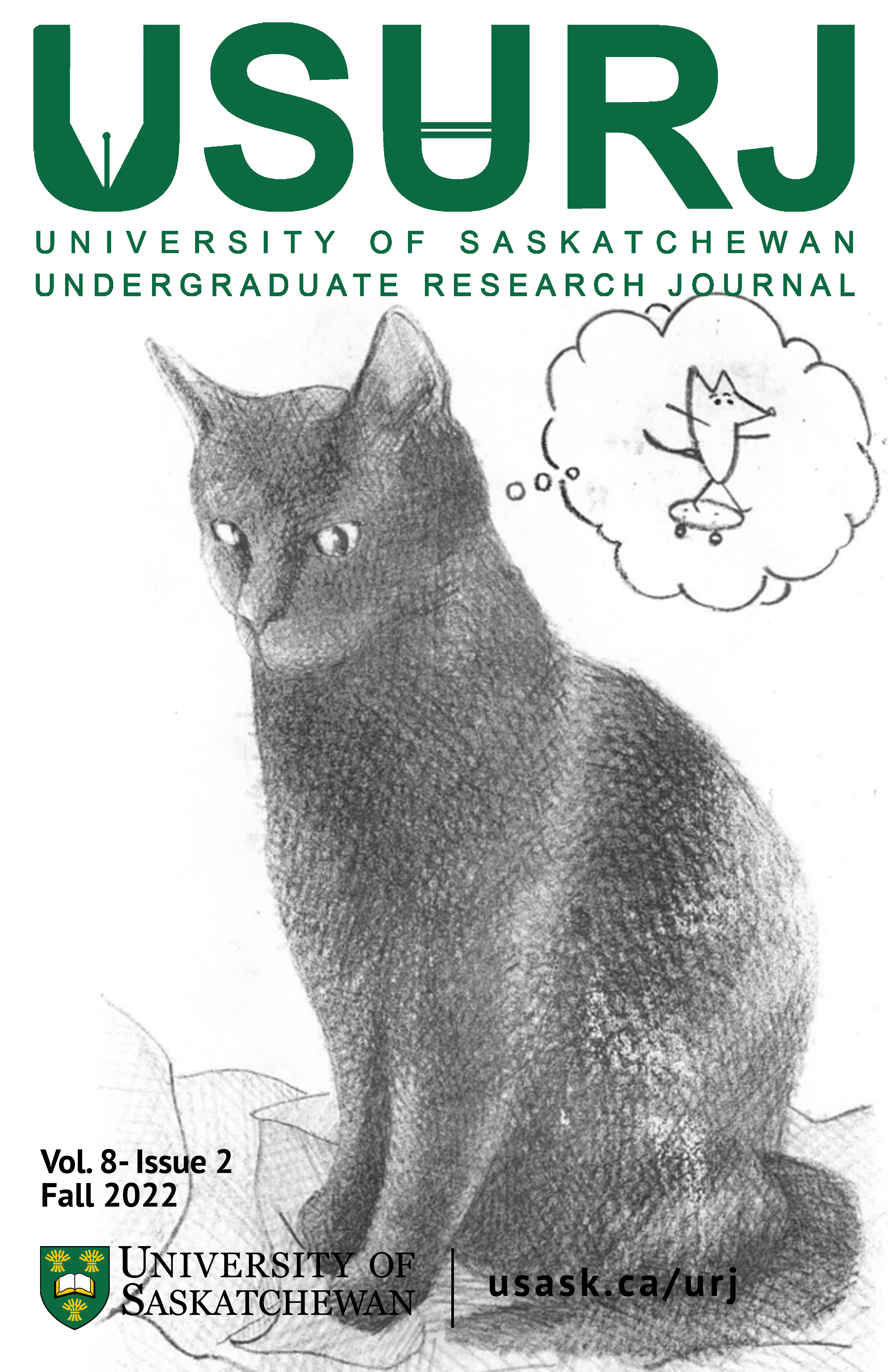The Relationship Between Wildfires and Respiratory Health AQHI Data in Southern Saskatchewan and Its Potential Respiratory Implications
Main Article Content
Abstract
Wildfires have been increasing in length and frequency since the mid-1980s, which emit pollutant matter that can adversely impact human health, specifically exacerbating negative respiratory impacts (Lipner et al., 2019). Although many studies examine the respiratory impacts of worsened wildfire conditions, a limited number take place outside of the western United States, occur over prolonged periods, and look at how air quality is changing due to warming climates. The objective of this study is to investigate how air quality health index (AQHI) values have changed over a period of two decades (January 1, 2001 to December 31, 2021) in the Great Plains Air Zone (GPAZ) in southern Saskatchewan and the potential respiratory implications of AQHI changes. The study uses a mixed methods approach: time series analysis, correlation analysis, and regression analysis to analyze AQHI and a literature review to study respiratory implications of AQHI increases. We found a significant increase in AQHI over time of 19.3% (p < 0.0001, n = 7308) and three main outcomes for respiratory data: (1) individuals with respiratory conditions have increased susceptibility to worsened air conditions, (2) elevated AQHI values cause increases in healthcare admittances for respiratory conditions such as asthma and COPD, and (3) women and individuals in the age ranges of 15-65 are particularly susceptible to respiratory outcomes from wildfire smoke. The study provides areas for future research, including the implementation of apps to track respiratory outcomes, the impact of other risk factors on respiratory health, and the effects of AQHI on Indigenous populations.
Downloads
Article Details
Section
Articles: USURJ’s current Publication Agreements apply a Creative Commons Attribution-NonCommercial License (CC-BY-NC) by default. The CC BY-NC license lets others remix, tweak, and build upon work non-commercially. The author(s) can choose a different CC license, as outlined in https://creativecommons.org/about/cclicenses/. Please see the PDF for each article to determine what license is applied to that article. Author(s) can also request to reserve all copyright (All Rights Reserved). If there is no indication for articles published before September 2020, assume the author retains all rights beyond those necessary for publication by USURJ. All articles published after September 2020 will apply one of the aforementioned CC licenses. See the Publication Agreement under the Submission Preparation Checklist or Author Guidelines for more information. Artwork: All copyright for the original artwork remains with the artist unless they wish to apply a Creative Commons (CC) license to the artwork. Please see the PDF for each artwork to determine what license is applied to that artwork.
